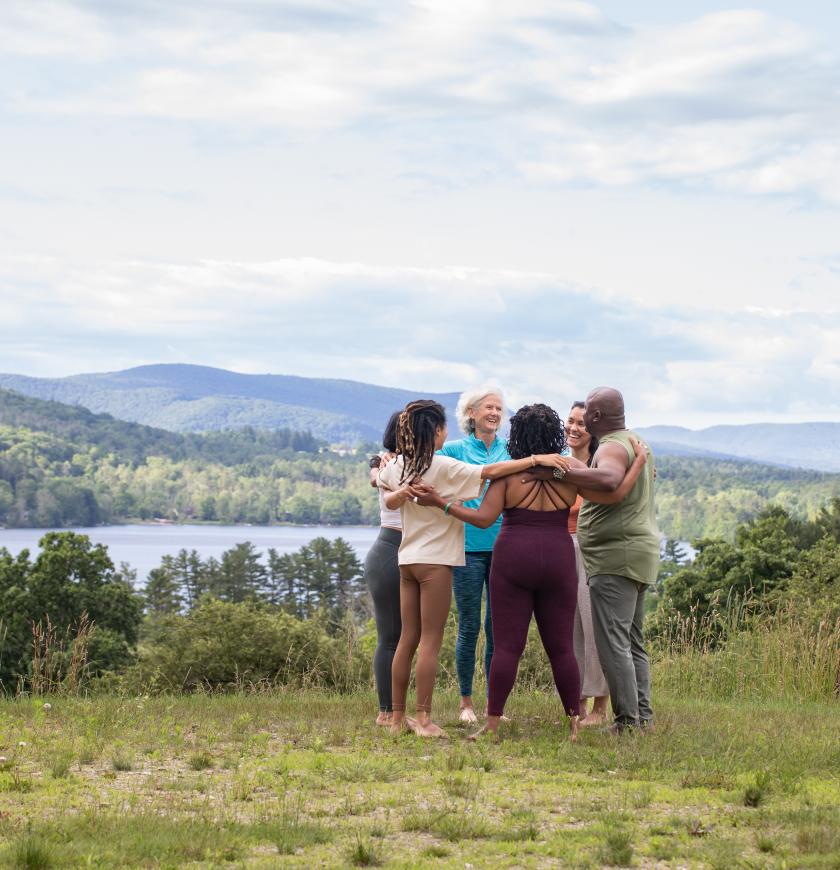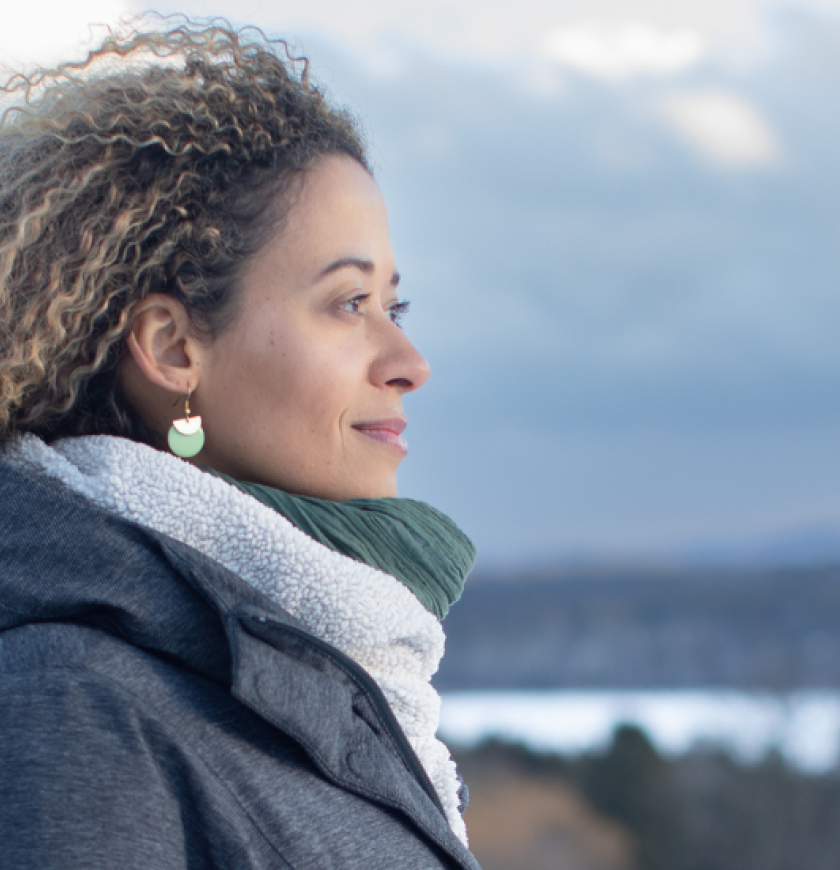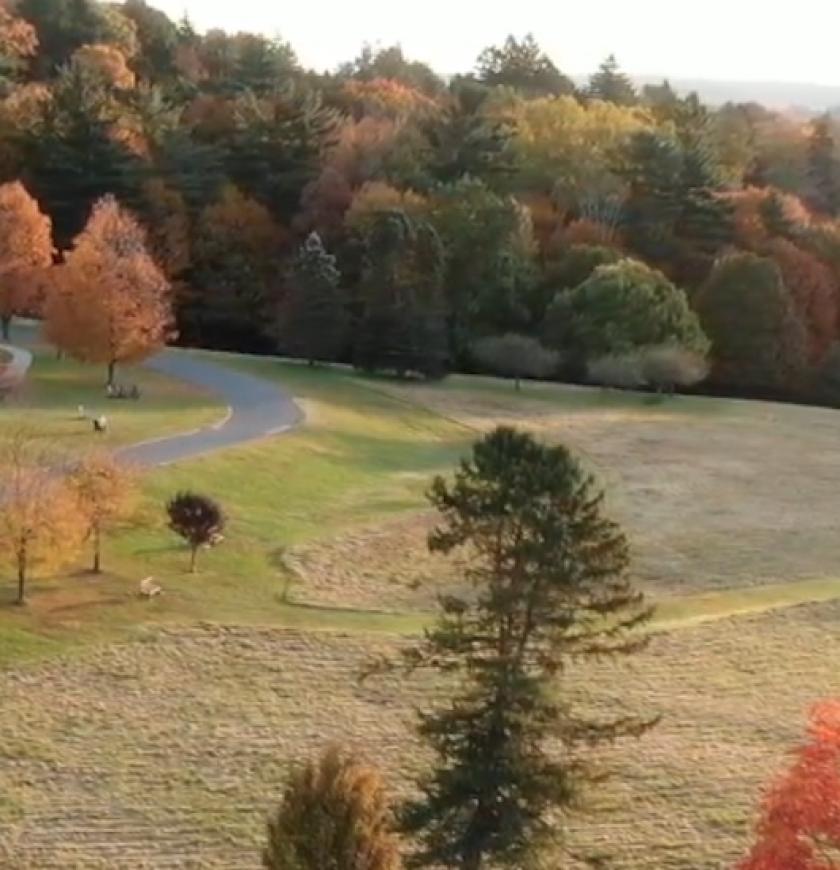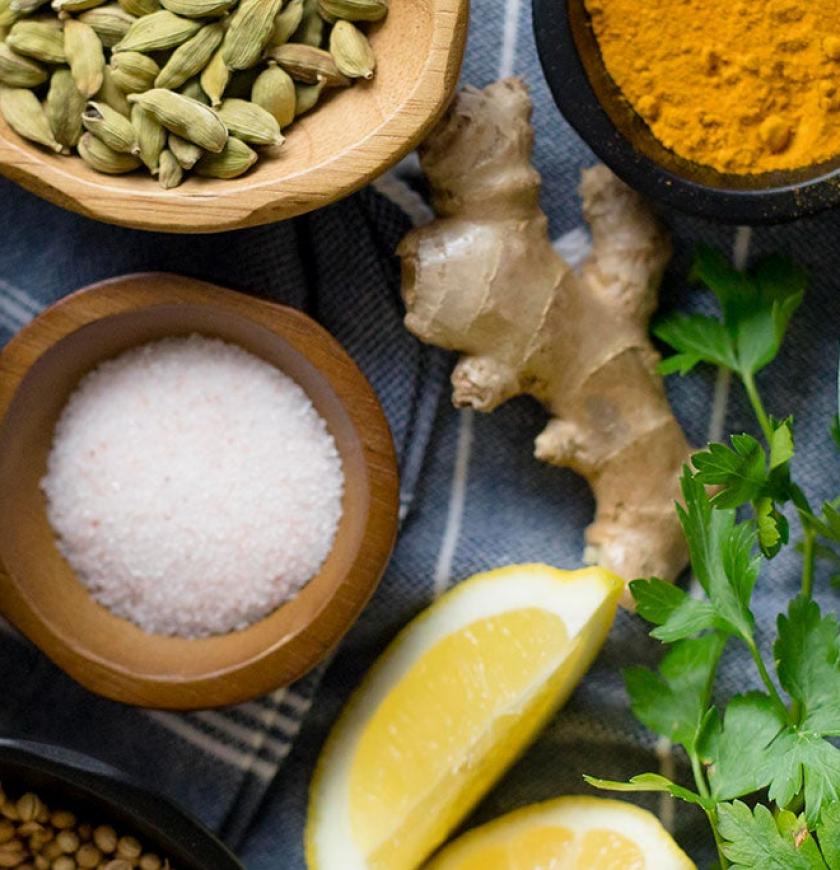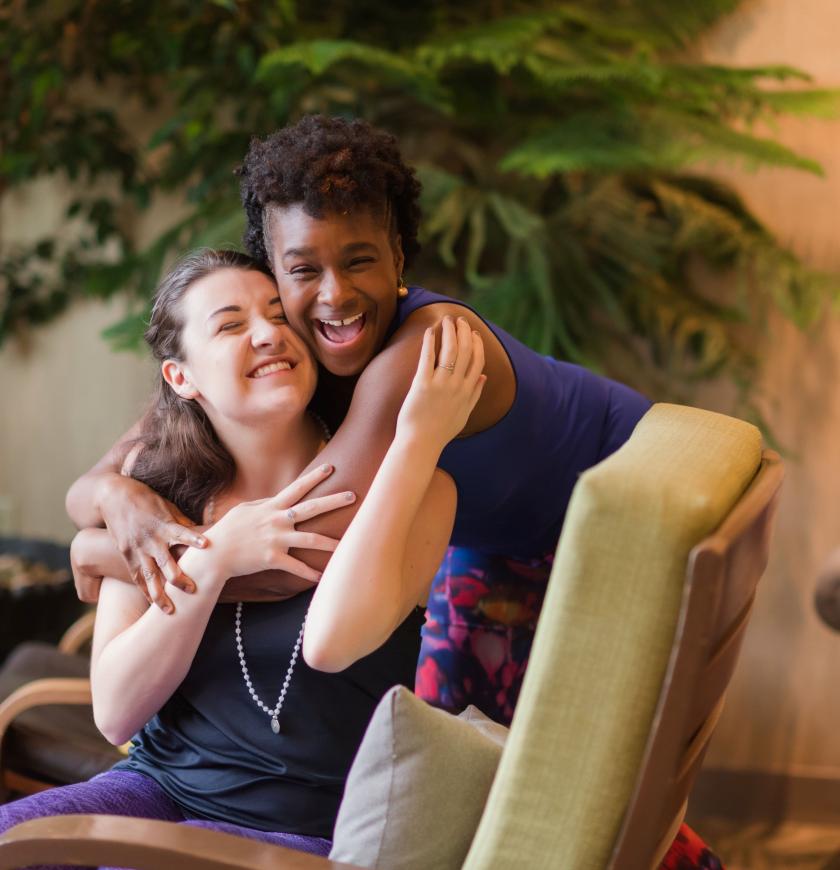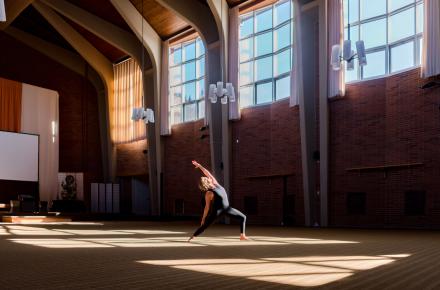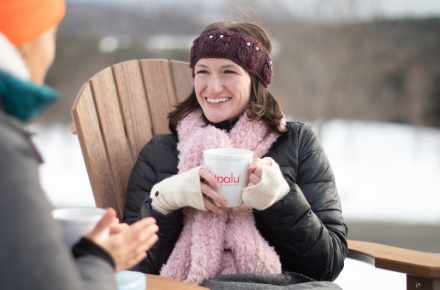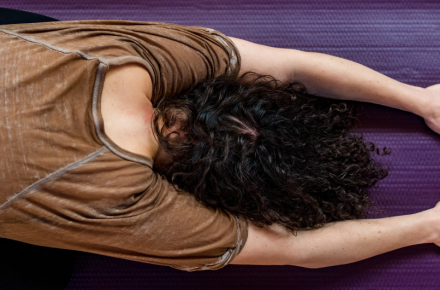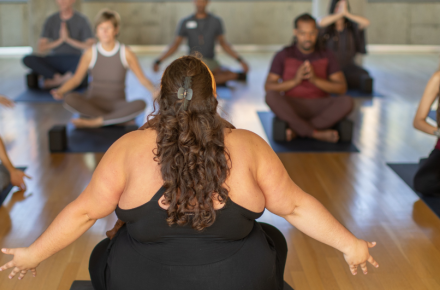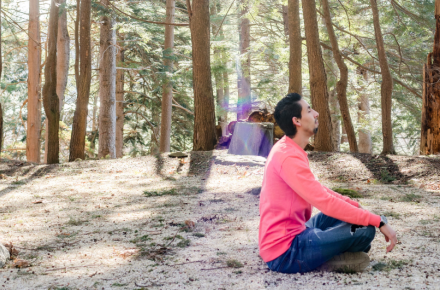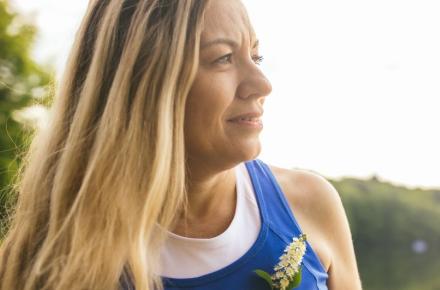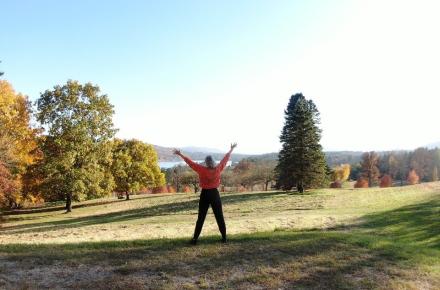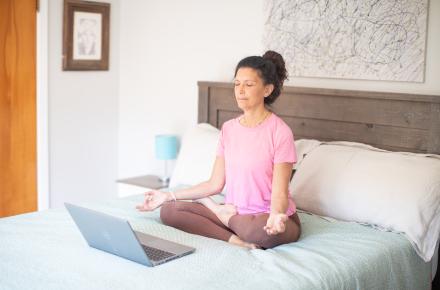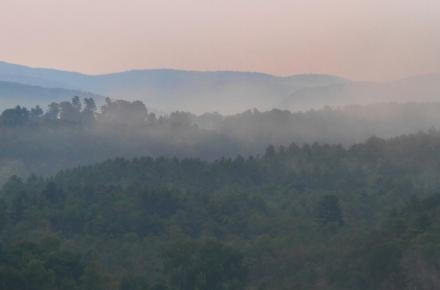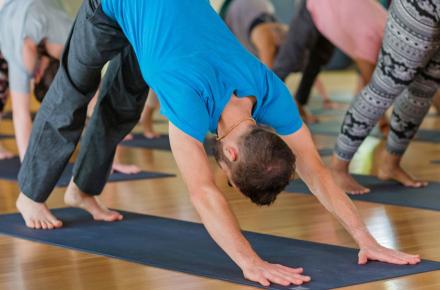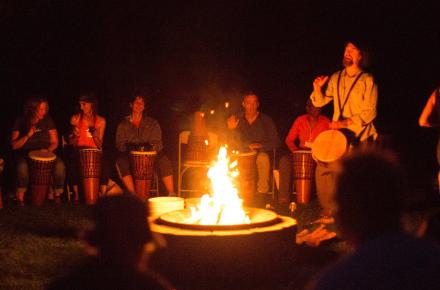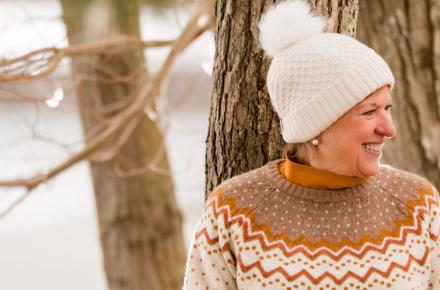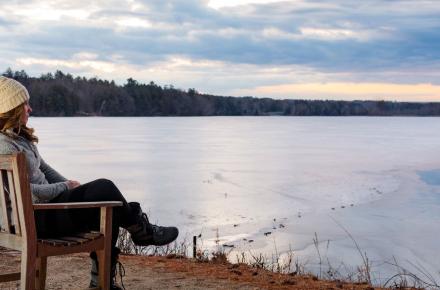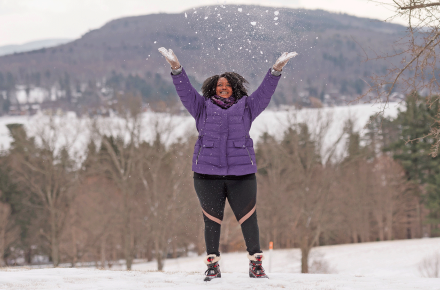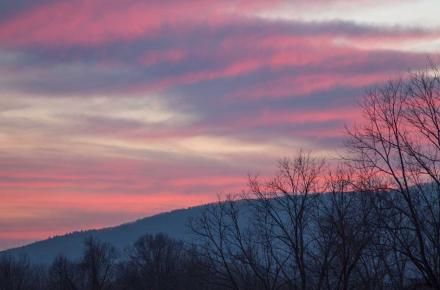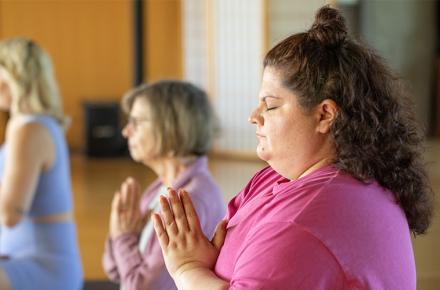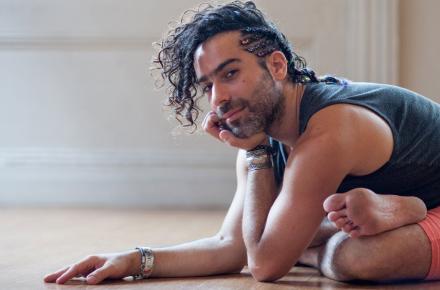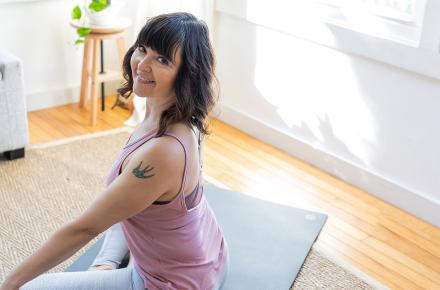Breathing into Fear

by Julie Bolitho
For three months last year, it felt as if a heavy metallic ball had taken up residence in the middle of my chest—and the more I noticed it, the heavier it became. Having practiced yoga regularly for the better part of a decade, I tried first to mindfully release it. I spent time noticing it, even asking it where it came from and what it had to teach me. I tried more physical approaches when mindfulness proved ineffective: I eliminated caffeine; I increased my practices in backbends and heart openers. Yet, few things seemed to shift the heaviness and, occasionally, my efforts actually served to increase the tension forming like prison bars over my heart. Fear began to settle into my bones about the nature of the tension, and yet, from deep within, I also understood that the ailment was not manifested from the physical. I tried to be patient, as my practices have taught me that all things come in perfect time.
After weeks of literally trying to catch my breath, I mentioned my chest tension to another teacher, whom I’d met while teaching on a retreat in Turkey. As I described the troubling tension, her eyes lit up, and she told me about her recent education in “the fear belt.” The fear belt, it seems, exists in the space around the ribcage. After all, what do we do when we’re afraid? We gasp and hold our breath, and then the emotion and the fear sit, stunted, in the middle of the chest, unprocessed, unreleased.
While dealing with the breathlessness, I kept struggling with the thoughts: But life is so good now. Everything is settled. Why am I feeling like this? I have such a beautiful life now. The key, of course, is that it’s not always about now.
In late 2016, a few weeks after my husband and I wed in India, the British Home Office denied his spousal visa on what can only be called an absurd error on the part of an entry clearance officer. What ensued was a seven-month bureaucratic nightmare to bring my husband back to England, the country he had known as home for the previous eight years, and that I have known as home for the majority of my adult life. At one point in the ordeal, we temporarily uprooted to Sweden for three months as, under EU laws, we were allowed to live together in another European Union country freely, just not in our own.
My husband and I are both immigrants, and the fluid sense of cultural identity we have cultivated served us well, until the British government temporarily jeopardized our home, our careers, and our livelihoods. Despite not having a cultural home, we have a real, physical home, and it was a home that my husband suddenly could no longer even visit (and how could it ever feel like my home if he were not there?).
It seemed my chest took two months to feel safe enough to explore the fear of the situation once the ordeal had passed and Vikram was safely returned to England, to our lives, and to his career. In the same way that so many people get sick on vacation, as their bodies and minds finally have the opportunity to purge and cleanse, so too did the fear within me finally feel safe enough to surface.
Fran, the teacher who told me about the fear belt, helped me work with it by using self-manipulation of the diaphragm using acupressure points, and recommended another technique known as Transformational Breathing. It helped that my Kripalu training has instilled in me an understanding that exploration is fundamental to practice. My own yoga practice began when I was diagnosed with thyroid cancer at 19, and has since seen me through the many difficulties of living and loving on this Earth. It has taught me, more than anything, to allow what comes to come—whether on the mat or in life. This sense of fluid foundation means that I build on my practice rather than build walls around it. When the tools I had were seemingly incompatible with the situation, that foundation allowed me to find other tools by being open to new teachers and new techniques—and that openness effectively allowed me to open my chest and heart again. The metal ball in my chest has shrunk exponentially since I began working with these techniques—some of which I now share with my own clients, who also feel the benefits.
Breathing, while we do it our entire lives, is also a practice that can help us shed our ailments, discomforts, and pain. The difficulty is in the nature of it: We must breathe into our fears—and breathe into them deeply. We must breathe into old heartaches and hard truths about ourselves, and really inhale what it means to be human, before we can also exhale what it means to be human.
Julie Bolitho is a Kripalu Yoga teacher from northern Michigan who currently resides in Oxfordshire, England. A Truman Scholar and a published poet and essayist, Julie is currently at work on a memoir. juliebolitho.com, sanctuarygrace.com
© Kripalu Center for Yoga & Health. All rights reserved. To request permission to reprint, please email editor@kripalu.org.
